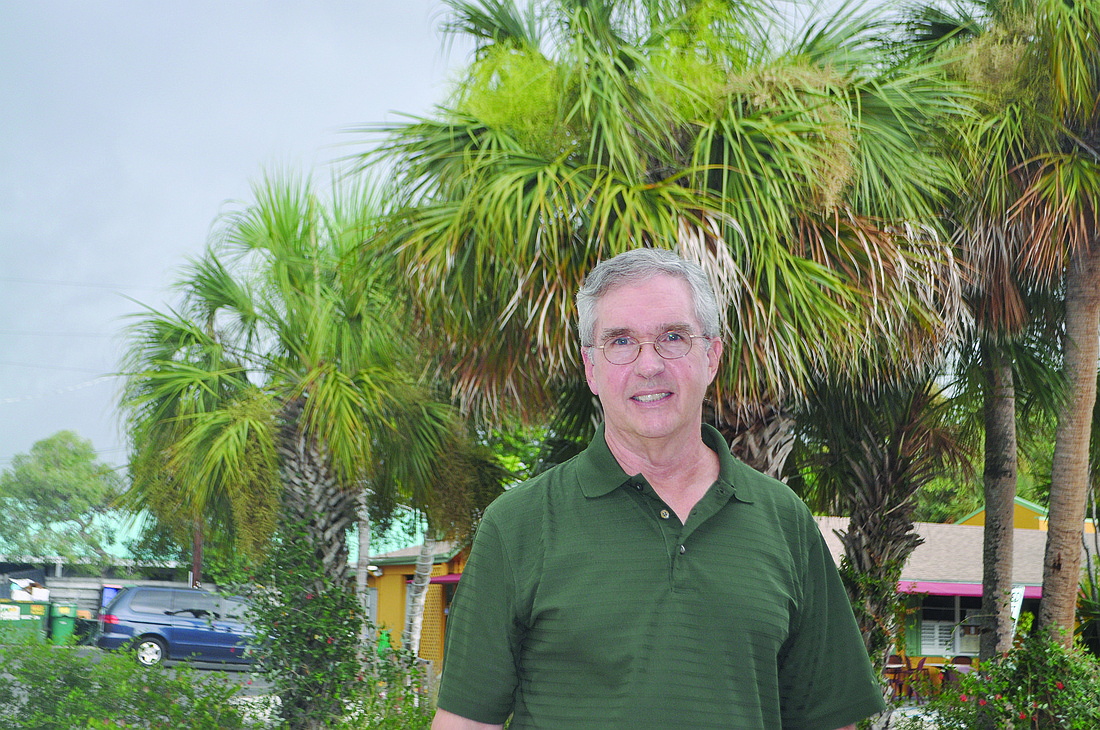- April 19, 2024
-
-
Loading

Loading

Dr. Frank Sulzman felt a mix of emotions as NASA prepared for its final space shuttle launch last week. Sulzman planned to watch the launch of the space shuttle Atlantis on TV at his Longboat Key home.
Sulzman spent 15 years at NASA headquarters, in Washington, D.C., first in 1985 as manager of its Biomedical Research Program and, eventually, in a number of leadership roles before his retirement in 2000. In the early years, the shuttle provided an invaluable laboratory to observe various happenings in the virtual absence of gravity. But, as technology evolved, scientists became better able to create that environment in a laboratory setting, while controlling for additional factors.
“A lot of my career was involved with the shuttle,” Sulzman said. “But its time had come.”
Sulzman has a Ph.D. in molecular-and-cell biology and eventually became a professor of physiology at Harvard Medical School.
But to trace the path that put space research in his orbit, he figures that his boyhood love of science-fiction books was important. One of his favorite books, “Earth Abides,” by George R. Stewart, presents an end-of-civilization scenario that challenges much of conventional wisdom.
“There are a lot of things we accept in our society that are given to us by this culture,” Sulzman said. “Things like standardized clocks, calendars … ”
In a way, Sulzman’s research provided a parallel to those concepts. All living things, even single-celled organisms, seem to operate on a roughly 24-hour clock, he said. So, in 1979, NASA accepted his research proposal to examine whether a single-celled fungus would remain on that clock in space — in the absence not only of light but with drastic changes to things such as the electromagnetic field. The research showed that even in space, 24-hour mechanisms continued, a finding that would later aid Sulzman’s colleague as he studied the reasons astronauts have difficulty sleeping in space.
Research on how the lungs function in the absence of gravity provided a better understanding of basic lung physiology, according to Sulzman.
Sulzman also oversaw research that involved taking mice into outer space at the age in which they should have been learning to walk. Without gravitational cues in space, the mice didn’t learn to take steps. Researchers studied them for the rest of their lives and found that their gait never became normal, a finding that has important implications for developmental research.
Although Sulzman is now retired, he continues to work with the NASA Space Radiation Laboratory, which studies the effects of radiation on humans, using astronauts who volunteer to be subjects.
Sulzman said that he is sad to see the shuttle program go, but he is interested in what its end will bring: Private companies are taking advantage of NASA subsidies to build spacecrafts and rockets, and space tourism could develop into a niche industry catering to the mega-wealthy. Meanwhile, space exploration continues in other countries: Russia’s space program continues to expand, and China is in the process of developing its own space program.
“I wonder if the first person on Mars will speak English,” Sulzman said.
He believes technology is about 20-to-30 years away from putting a man on Mars, although he believed the same thing decades ago when he started working for NASA.
“It’s always just over the horizon,” he said.
Contact Robin Hartill at [email protected].
Astronaut assessment
The astronauts on the space shuttle Atlantis might have puffy faces when they land after their 12-day mission. According to Dr. Frank Sulzman, the flow of fluids into the upper body in the virtual absence of gravity creates a puffy appearance. Spending time in outer space also results in reduced blood pressure; fainting in the hours following a shuttle’s return to Earth is not unusual. Also common is a loss in bone mass — a 1% loss for every month spent in space is the norm for humans. But the good news is NASA’s Longitudinal Study of Astronaut Health hasn’t found any long-term health problems in astronauts, according to Sulzman.